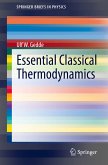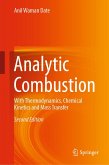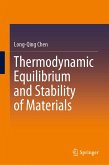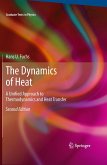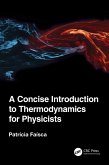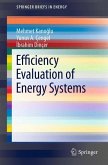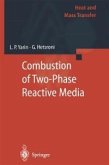Robert Holyst (1963) is a professor at the Institute of Physical Chemistry Polish Academy of Sciences. He specializes in statistical physics, physical chemistry, biologistics and soft matter physics. He has published 182 papers and 2 books. He presented his works at multiple universities/institutes, e.g. Harvard, MIT, University of Chicago, ESPCI-Paris, ENS-Paris, several Max Planck Institutes, University of Tokyo, Oxford and Cambridge. He has over 17 years experience in teaching thermodynamics for undergraduate students.
Andrzej Poniewierski (1951), professor at the Institute of Physical Chemistry Polish Academy of Sciences; published 53 papers and two books, specializes in soft matter and statistical physics, liquid crystals and applications of density functional theory to complex fluids. He has also taughtthermodynamics for undergraduate students for several years.
Dieser Download kann aus rechtlichen Gründen nur mit Rechnungsadresse in A, B, BG, CY, CZ, D, DK, EW, E, FIN, F, GR, HR, H, IRL, I, LT, L, LR, M, NL, PL, P, R, S, SLO, SK ausgeliefert werden.
"This book by Holyst and Poniewierski (both, Polish Academy of Sciences) is an introduction to 'phenomenological' thermodynamics, and a recent addition to a long list of books on this subject. ... One of the most appealing aspects of the book is the end-of-chapter exercises along with the detailed solutions in the appendix. ... The material is appropriate for second-year students in the sciences and engineering ... . Summing Up: Recommended. Lower-division undergraduates." (R. Darby, Choice, Vol. 50 (5), January, 2013)
"The book is divided into 11 chapters, each of them ending with a long series of exercises, whose detailed solutions are gathered at the end of the book in more than 100 pages. ... the book contains several pictures which illustrate the different notions which are introduced. Thus doing, the material which is contained is accessible to different kinds of readers. Chemists will find the useful bases concerning thermodynamical systems. Mathematicians will get acquainted with applications to chemical processes." (Alain Brillard, Zentralblatt MATH, Vol. 1260, 2013)



